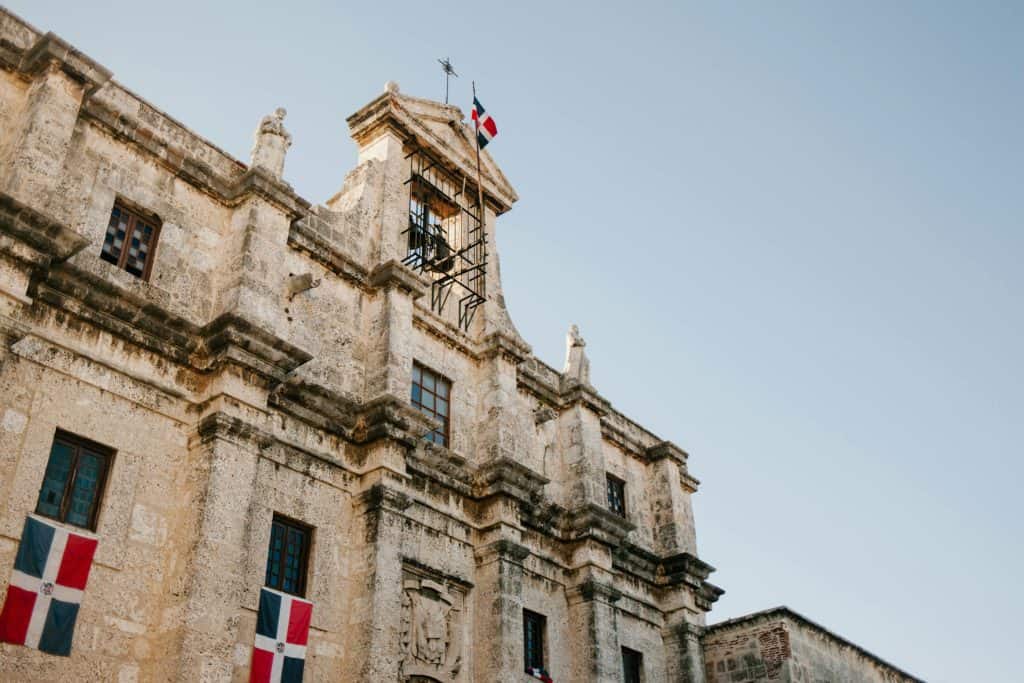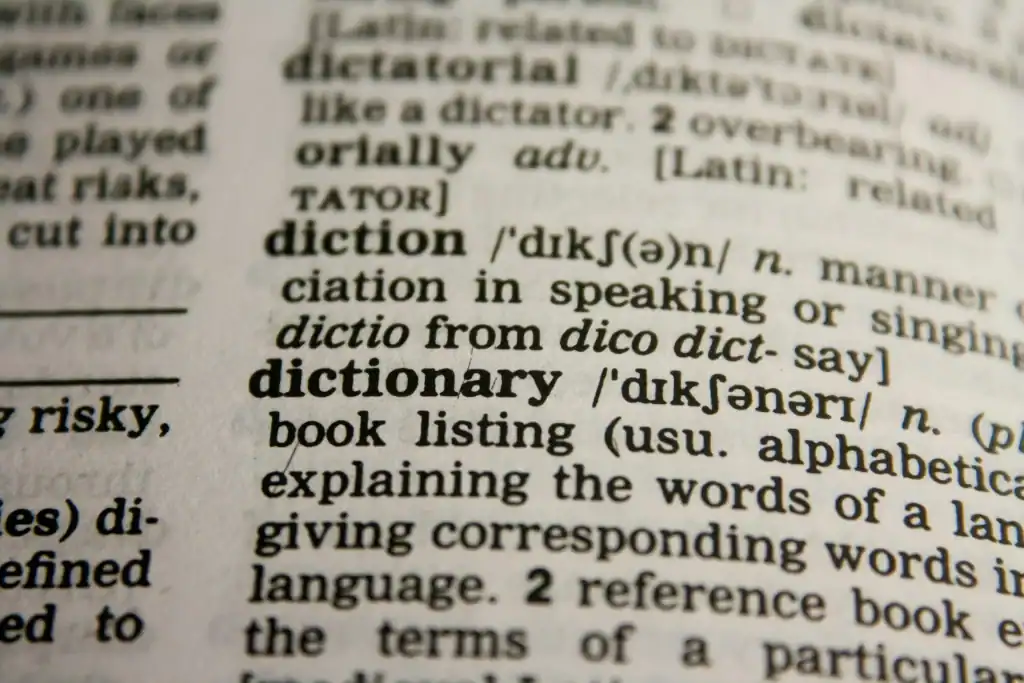The First Time the Hammock Chose Me
I still remember the salty breeze that sneaked through the streets of San Pedro de Macorís the first Sunday I went hunting for my own columpio de sueños—my dream hammock. Ten years into island life, I had mastered the usual survival phrases: ¿Cuánto cuesta?, ¿Dónde está el baño?, and the always-handy una fría, por favor. Yet the moment I stepped beneath a line of fluttering, hand-woven fabric, I realized my Spanish Vocabulary for bargaining over artisanal goods was as thin as the hammock ropes. The vendor, a wiry man in a faded baseball cap, greeted me with a rapid-fire mix of Dominican chatter, half-whistles, and the casual ven acá, mi rey. I smiled, nodded, and clung to context clues like a newbie on a motoconcho. That awkward exchange pushed me to level-up from travel Spanish to vendor Spanish—an upgrade that continues to resonate when I hop over to Cartagena’s markets or wander Medellín’s plazas.
Cotton, Culture, and the Unspoken Dance of the Market
Hammocks in the Dominican Republic are more than nap facilitators. They’re a cultural shorthand for afternoon breezes, family gossip, and the art of slowing time. In San Pedro de Macorís—birthplace of so many Major League ballplayers—vendors string rows of hammocks like colorful bunting, each pattern echoing West African threads, Taíno symbols, and modern street flair. When I later carried my Dominican hammock into Colombian territory, a vendor in Santa Marta eyed the weave and nodded in approval, noting that the DR’s heavier cotton resists the Caribbean humidity better than Colombia’s lighter fique blends. Conversations like that spotlight how observing fabric weight, color choices, and regional slang helps refine our Spanish Vocabulary and deepen cultural respect all at once.
Training Your Ear for Vendor Spanish
The linguistic dance at any Latin American market unfolds quickly. Dominican Spanish, with its dropped S’s and swallowed D’s, can feel like chasing waves in Boca Chica. Colombian Spanish, especially the coastal variety, is melodic yet peppered with Caribbean rhythm. To bridge those styles, focus on three listening strategies:
Contextual Anchors
Rather than translating every word, I hunt for price markers—quinientos, mil—and sizing cues like ancha (wide) or doble (double). Building Spanish Vocabulary around measurement terms lets me negotiate confidently even if an idiom whooshes past.
Regional Slang Radar
Words shift meaning across borders. In the DR, chepa means good luck, handy when you score a discount by accident. Cross to Colombia and you’ll hear bold arquebuses like **bacano** (cool) or **ñero** (buddy) decorating every sentence. Logging these variations in a notebook not only expands your Spanish Vocabulary but sparks cross-cultural laughs when you deploy them appropriately.
The Art of Echoing
I mirror the vendor’s word choice. If he says mi jefe, I answer with the same. Colombians use hermano or parce; Dominicans, manito or compai. This echo technique signals respect and fine-tunes pronunciation. Eventually, my accent blends just enough to earn that smile indicating I’m no casual tourist.
Expressions That Make the Hammock Sway
Price Negotiation
A Dominican vendor might start with, Eso está a mil quinientos, pero porque eres extranjero buena gente te lo dejo en mil dos. Notice the affectionate tease between exorbitant and reasonable. My Colombian friends would phrase it as, Vale mil quinientos, pero te lo bajo a mil dos si pagas en efectivo, parce. The syntax shifts, yet the bargain dance remains familiar. Practicing both variants grows your Spanish Vocabulary without feeling like rote memorization.
Quality & Craftsmanship
Dominicans brag about their hilo grueso and nudos dobles, while Colombians emphasize fibra natural and hecho a mano por artesanos de la Sierra. By asking, ¿Cuántas horas tomó tejer esto?, you not only compliment the craft but invite stories that enrich cultural understanding.
Spanish Vocabulary Table
| Spanish | English | Usage Tip |
|---|---|---|
| columpio | hammock (alt. term) | More poetic; delight vendors with this nod to local lingo. |
| rebaja | discount | Ask ¿Me hace una rebaja? to sound local in either country. |
| hilo grueso | thick thread | Great for praising durability in the DR. |
| fique | sisal fiber | Common in Colombian hammocks; pronounce “FEE-keh.” |
| tejido | weave | Use when discussing patterns: El tejido es muy fino. |
| ancha | wide | Dimension term; handy when measuring hammock width. |
| ligera | lightweight | Colombian vendors highlight for travel appeal. |
| compai | buddy (DR) | Informal; drop it casually after a purchase. |
| parce | bro (Colombia) | Instantly earns street credibility on the Andean side. |
Example Conversation at the Hammock Stand
Vendedor (DR): ¡Epa, compai! Ésta es la más cómoda, hilo grueso de verdad.
Vendor (DR): Hey buddy! This one’s the most comfortable, real thick thread.
Yo: Se ve bacanísima. ¿En cuánto me la dejas si pago en efectivo?
Me: It looks super cool. How much will you let it go for if I pay in cash?
Vendedor (DR): Ta’ en dos mil, pero a ti te la dejo en mil ochocientos.
Vendor (DR): It’s at two thousand, but for you I’ll let it go at eighteen hundred. (Common DR contraction “Ta’”)
Yo: ¿Y si te compro dos, me haces una chepa?
Me: And if I buy two, can you cut me some lucky slack?
Vendedor (DR): ¡Hecho, mi rey! Llévate dos por tres mil.
Vendor (DR): Deal, my man! Take two for three thousand.
Tourist Friend (Colombia): Parce, en Medellín ese precio es una ganga.
Tourist Friend (Colombia): Bro, in Medellín that price is a steal.
Yo: Entonces listo, compai. ¿Me las empacas?
Me: All right then, buddy. Will you wrap them for me?
Vendedor (DR): De una, manito. Vas a dormir como un bebé.
Vendor (DR): Right away, pal. You’ll sleep like a baby. (DR slang “manito”)
Cross-Border Echoes: How the DR Sharpens My Colombian Ears
Bouncing between the quicksilver Spanish of San Pedro de Macorís and the laid-back clarity of Bogotá keeps my tongue agile and my ears perpetually on guard. In the DR, I train for speed, decoding half-spoken syllables. Each time I land in Colombia, conversations feel suddenly slower, letting me appreciate new florituras such as the Paisa sing-song intonation. Reversing the trip, I bring back the Colombian tendency to pronounce letters crisply, which Dominicans find both charming and funny. This cultural ping-pong widens my Spanish Vocabulary and curbs the fossilization that many expats face when they stick to one dialect.
Practical Tips Woven into Daily Life
To integrate vendor Spanish, I weave three rituals into my week. First, I swing in my hammock while streaming Dominican bachata or Colombian vallenato, shadowing the lyrics aloud. Second, I keep a tiny notebook—yes, analog—dedicated solely to new Spanish Vocabulary from markets, taxi rides, and barbershops. Third, I purposefully over-inform vendors, saying things like Busco algo para mi balcón de Río Piedras que aguante sol y lluvia. The extra details prompt richer responses, stretching my comprehension muscles far beyond textbook dialogues.
Reflective Advice & Your Turn
Hammock shopping may seem like a minor errand, yet it captures how language, culture, and commerce braid together in Latin America. Sharpening vendor Spanish demands curiosity—listening for fabric facts, price-cut formulas, and playful slang. Each cross-country hop gifts me fresh perspectives: the DR teaches rhythmic brevity; Colombia layers in clarity and melodious courtesy. Together they keep my Spanish Vocabulary hammock-tight, ready to cradle new words without sagging. So next time you negotiate under fluttering fabric, embrace the unspoken dance, echo the lingo, and relish every linguistic knot you tie. Comment below with your own hammock tales or the market phrases that have stretched your Spanish from basic to boldly bilingual.
—James, still swaying somewhere between Boca Chica and Barranquilla, with a notebook full of hammock dreams


